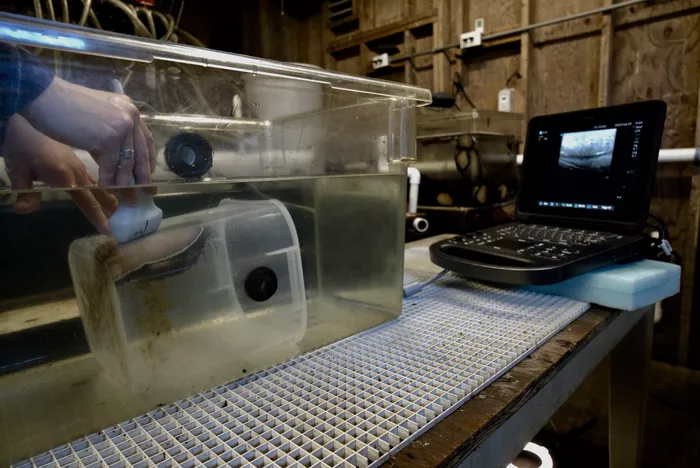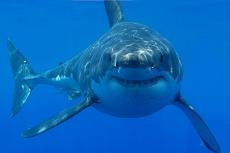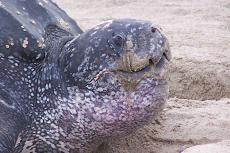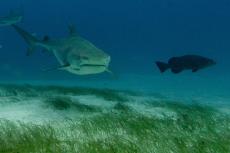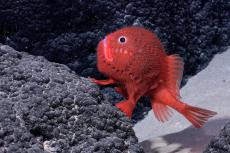Ultrasound used to determine if abalone about to reproduce
Scientists have developed a method that can help abalone farmers and captive breeding managers produce more abalone, with minimal stress to the animal.
Scientists at the University of California, Davis, are using ultrasound to find out whether abalone are ready to reproduce.
This non-invasive, no-contact method is kinder than the normal method of getting the info, which involves having to pry them off the surface they are suctioned upon.
“There are not a lot of animal welfare methods applied to invertebrate animals, let alone for aquatic species,” said corresponding author Jackson Gross, an assistant professor of Cooperative Extension in Aquaculture with the UC Davis Department of Animal Science. He described the use of ultrasound as a way to increase the abalone's welfare without bringing them added stress.
He had previously used the technique for gonad assessments on sturgeon and catfish. After seeing a video of a veterinarian doing an ultrasound on a large land snail, he felt sure it could work for abalone.
He and Sara Boles, a postdoctoral researcher with the UC Davis Coastal and Marine Sciences Institute at the Bodega Marine Laboratory monitored the lab-raised abalone for seven weeks to detect seasonal changes in their gonad size.
They discovered that ultrasounds could differentiate reproductive tissues from digestive tissues, and created a gonad index score that indicated the abalones’ readiness to reproduce.
The technology was also able to detect changes both before and after spawning.
“This is very helpful for broodstock managers when trying to select individuals for a spawning season, whether for production aquaculture or conservation,” said Boles.
“We’re excited to see how much faster we can use this technology to assess the health of these animals, especially in a world where climate change is making an impact,” said Gross.
A paper on the findings has been published in the Frontiers in Marine Science journal.


